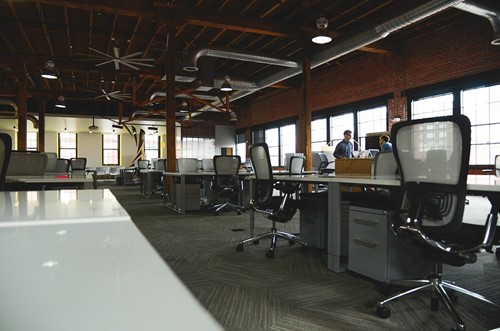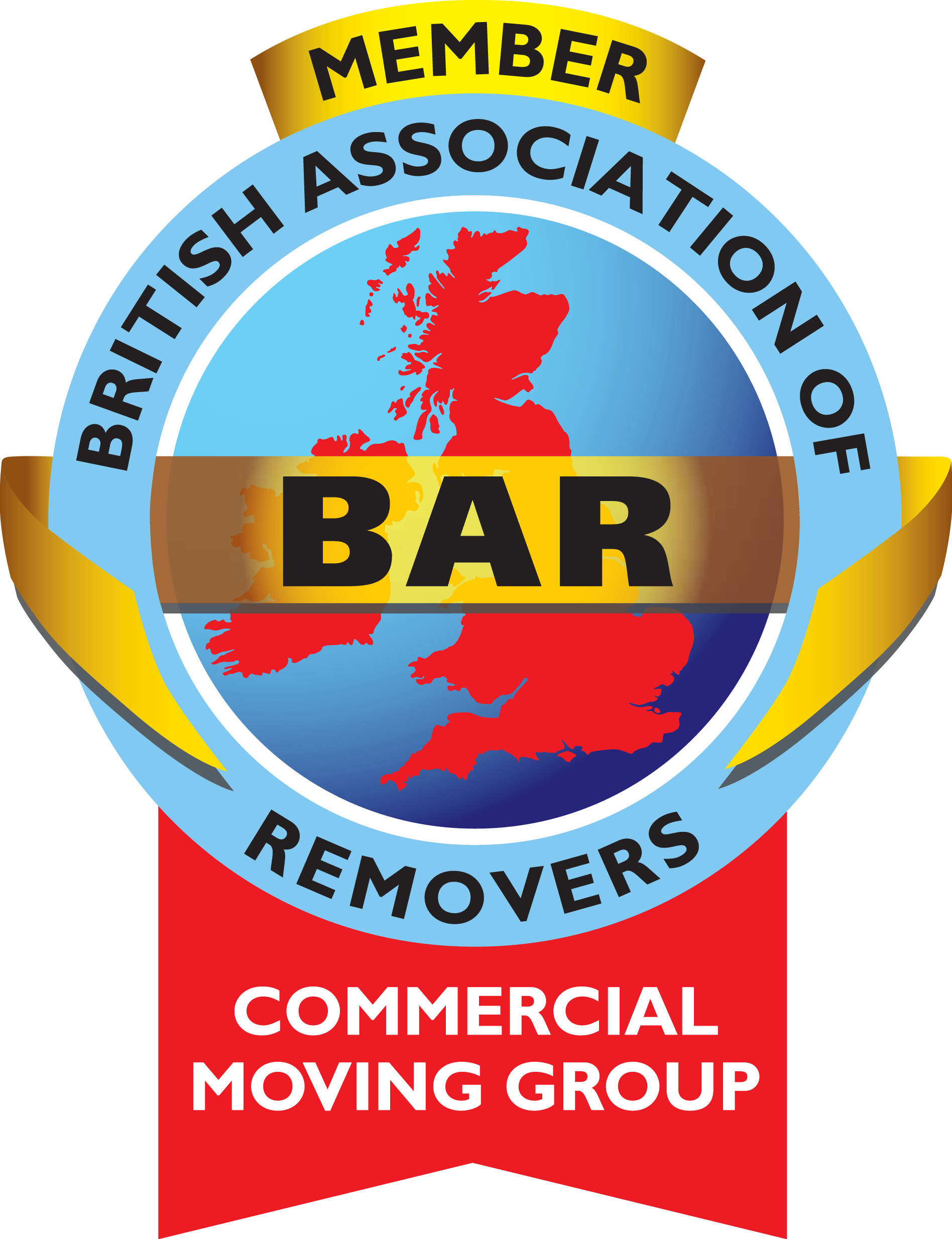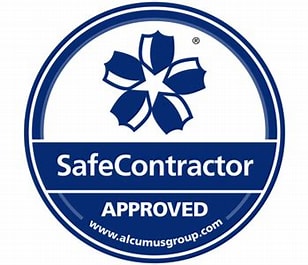5 workplace predictions for 2022
Where 2021 involved a lot of reactive work, I see 2022 as the time for proactive planning and changes.

MORE STORIES
- Page 6 of 25
Please click here to chat through what you'd like your Success Story to be.
This time last year I reflected on what we had learned from 2020. The need for business agility stood out above all else, and with it the importance of change management. We’ve certainly seen this with a shift from enforced home working to hybrid models.
As we (hopefully) leave the worst of the pandemic behind, change management will of course remain important. There are many different facets that constitute a change management programme, from employee communications to workplace design.
Here are five trends I see playing out in 2022.
- Quality as a core theme
The quality of our lives was thrown into the spotlight when we first had to work from home. For many, their quality of life improved as they could spend more time with their families and less time commuting. But for others, home working meant a lower quality experience. Some people working from home felt isolated, while others didn’t have a good set-up at home to work well.
Wherever we work, we need that space to provide a quality experience. This will often be task-led with employees being given the freedom to work at the location that makes the most sense for what they need to do that day.
Working on a cross-team project? The workplace should provide exceptional collaboration spaces. Focusing on a lengthy individual task? Perhaps working from home will be the best option.
Working arrangements will vary from business to business, but quality should be a constant throughout.
- Return, reimagine, refine
As someone that’s been in the workplace change sector for some time, I’m well aware that the workplace is always evolving. Now, many more business leaders have realised this which can only be a good thing.
The return to the workplace has been tricky up to now because of uncertainty over restrictions. It now looks as though we won’t be seeing restrictions for some time so the return to work can truly get underway.
Smart leaders will have been engaging with their employees throughout the last two years to understand their concerns and preferences. This feedback will have been crucial to plans that reimagine the workplace – it’s design, layout and function.
It’s essential to keep talking with employees and refining as needed. Feedback people shared six months ago may no longer be relevant. Of course, this can make planning difficult, but if a strong workplace change strategy is in place, then the business should be able to reimagine and refine in an agile way.
- Ethical furniture management
COP26 underlined the need for us all to take action to prevent climate change. For businesses, that falls under ESG strategies. Ethical sourcing and disposal of furniture and other office equipment is really starting to gain traction – though disposal is perhaps not the right word.
Sending items to landfill should be the very last option. In 2021, we diverted an average of 98.6 per cent of items from landfill in our client projects. Refurbishing, recycling, donating and selling are all preferable options that are much more sustainable than disposal.
I’m increasingly seeing RFPs that focus less on the practicalities of a job – prospects know we can do the work – and more on questions about our sustainability, diversity and ethical practices. Lots of people I speak to aren’t aware what we can do in furniture and asset management, and they are very keen when I explain what BMG can do.
It also extends beyond ESG policies. Younger generations of the workforce increasingly want to work for an employer that shares their social and ethical beliefs. In the year ahead, I expect more and more organisations to re-evaluate their supply chains and ensure that they are operating with ethical business partners.
- Workplace changes across all sectors
No sector has been left untouched by the pandemic. Industries that have been traditionally office-based, such as banking and finance, have pivoted to embrace hybrid work and office redesigns.
The professional services sector looks to be one of the sectors experiencing more change than most. The Savills ‘Central London Occupier Spotlight’ published in December found that the sector accounted for more than one quarter of all active requirements.
I believe that the workplace barometer is still swinging – we don’t know yet what the sweet spot is between working at home and in the office. As such, all sectors will approach change with caution until things have settled down.
- Change management to tackle recruitment challenges
I touched on the role of ESG in talent attraction. With the state of the job market right now, businesses need to address this in multiple ways. According to The Guardian, where there were four unemployed people for every job vacancy in 2020, that ratio is now 1:1.
A scarcity of candidates means that businesses need to really stand out as a top employer to attract new talent. Change management will support this and it goes beyond the physical workplace – businesses need to get across their culture, diversity and values.
Tying these elements in with a change management programme will help raise awareness of changes and reinforce new behaviours.
Summary
Where 2021 involved a lot of reactive work, I see 2022 as the time for proactive planning and changes. We’ve helped businesses with relocation and workplace change projects for more than 30 years. Contact us today to discuss how we can support your company.
By Rachel Houghton, MD at Business Moves Group
MORE STORIES
- Page 6 of 25
Please click here to chat through what you'd like your Success Story to be.





